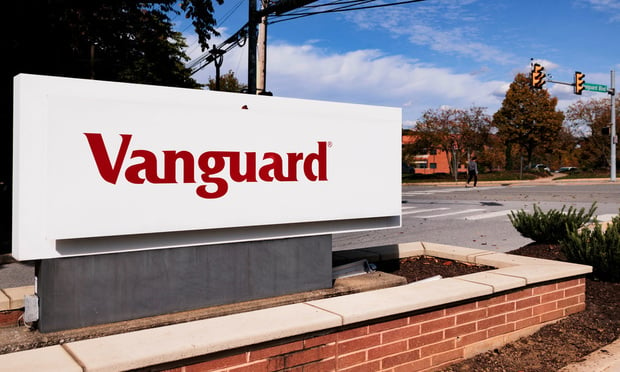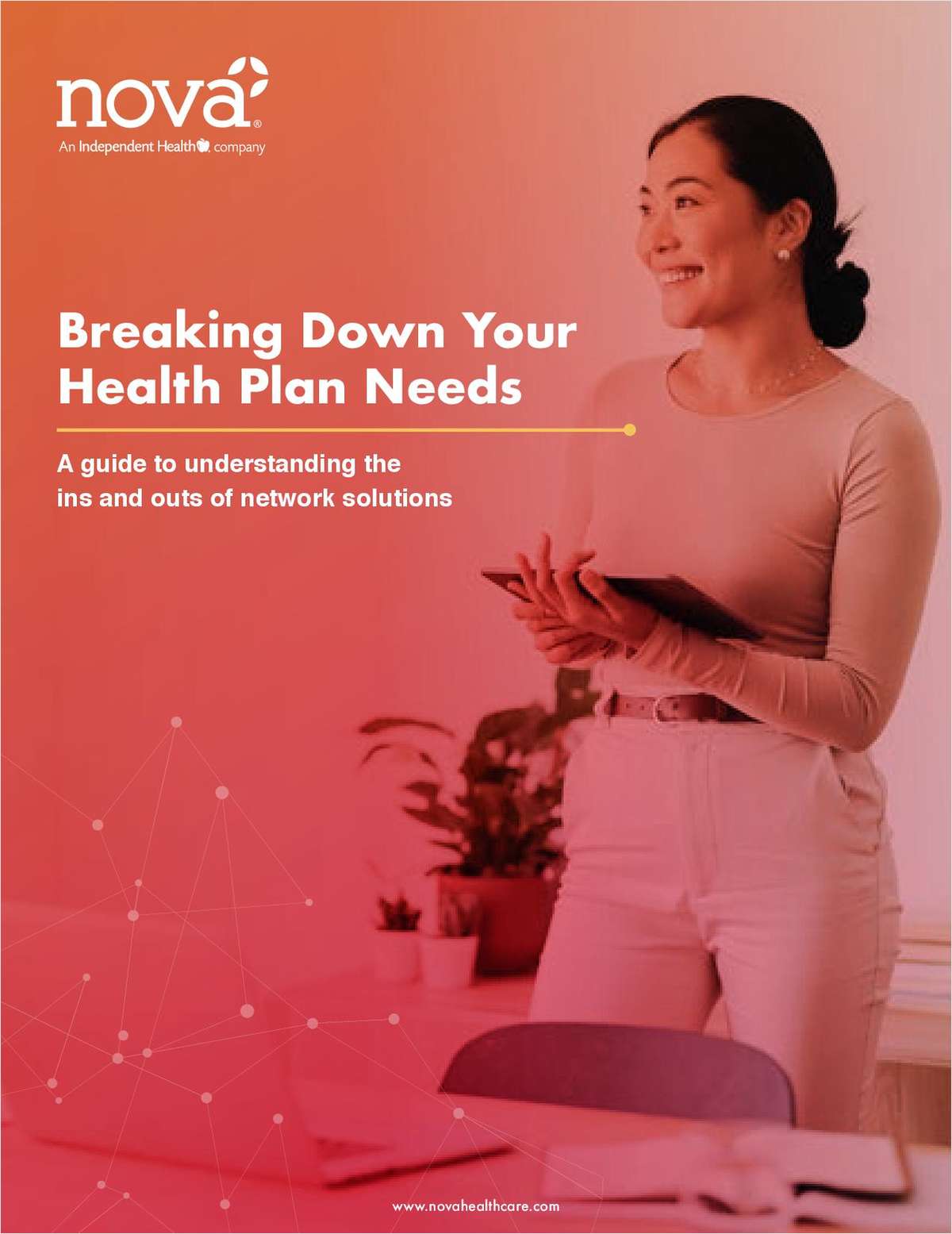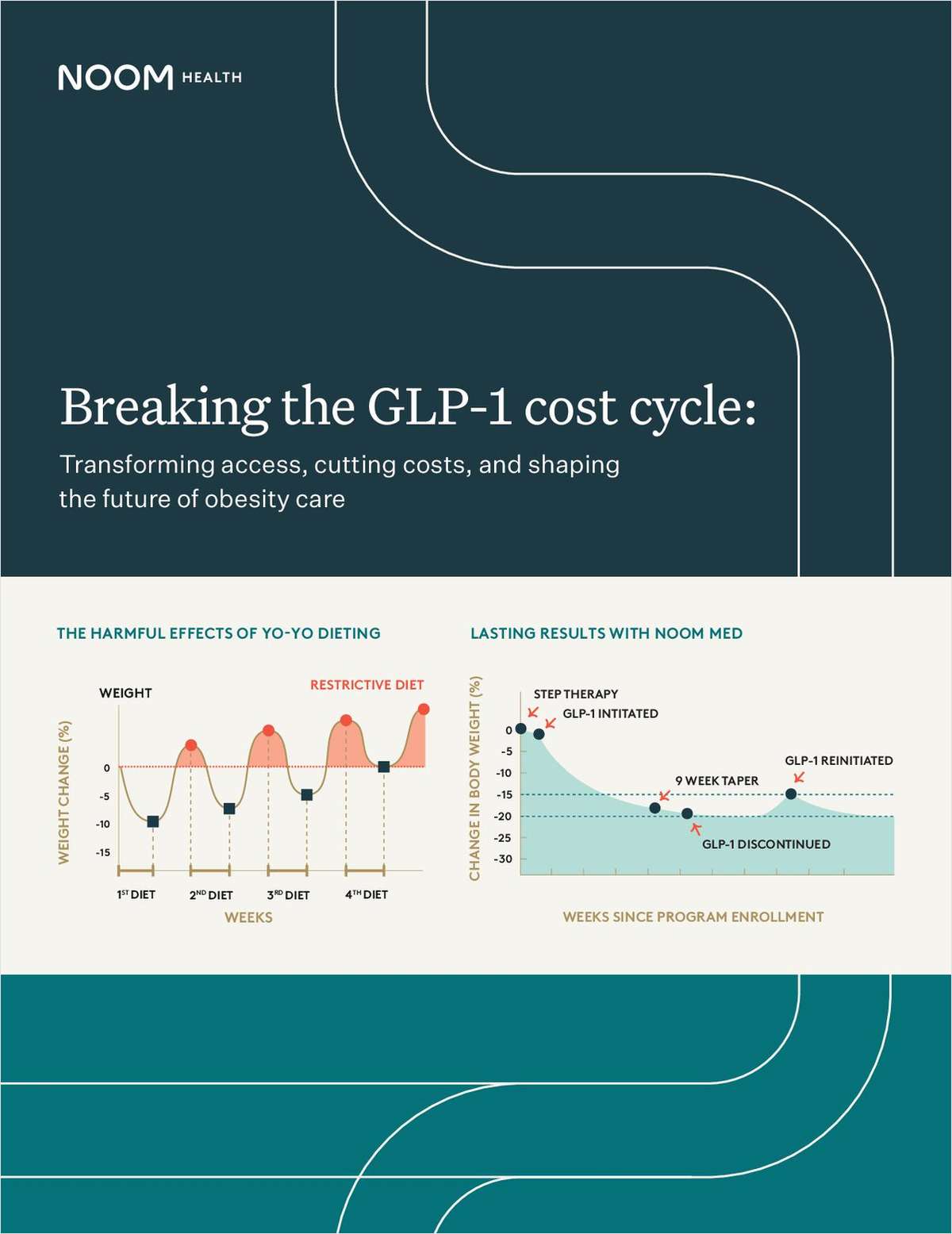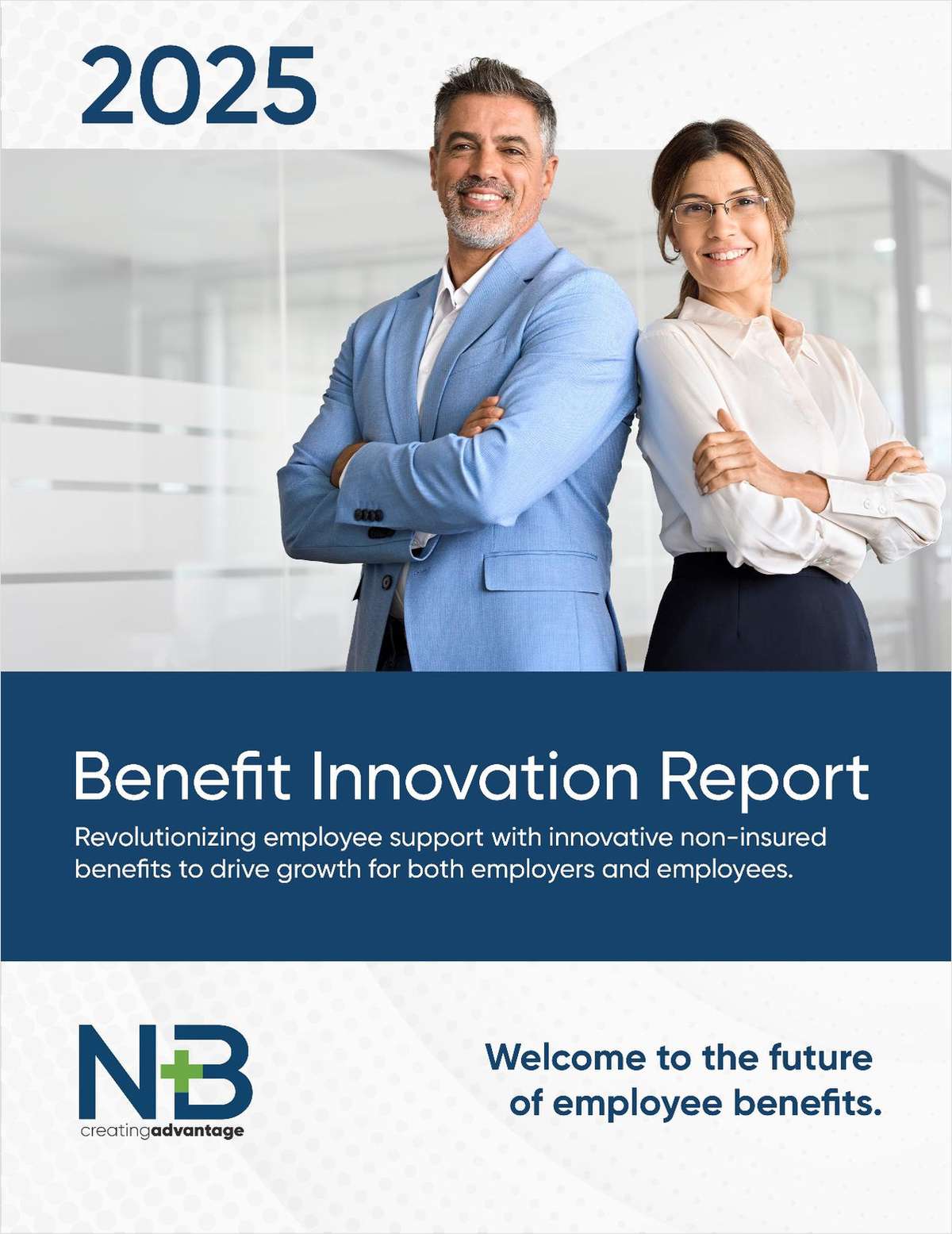A new research note from S&P Capital IQ and SNL says that retirees seeking to get by on fixed-income investments can no longer do so without a bigger pool of investments to provide that fixed income.
According to the research, retirement savings now need to be nearly four times larger than what was required 40 years ago to generate the same level of low-risk inflation-adjusted investment income.
Read: Advisors could be overlooking strategy for pre-retireee and retiree clients
In addition, the situation isn’t likely to change.
Read: New study looks at couples' retirement spending patterns
Low interest rates and weak personal income growth have combined to provide retirees with the double whammy of inadequate savings and fixed-income investment returns, meaning that postretirement income for many households will be inadequate.
Research found that retirement income generated by the 10-year Treasury note in 1976 equated to 16.4 percent of median household income that year, rose to a high of 31.3 percent in 1981 and then began a steady multidecade decline, reaching a nadir of just 3.4 percent of median household income in 2012.
While the situation improved slightly to 4.7 percent in 2014, the study’s metric projected another decline in 2015, to 3.9 percent.
The report said, “Each year’s investment income has averaged 13.3 percent of median household income between 1976 and the projected 2015 value. Based on the 40-year average figure, principal invested in 2015 would need to increase by more than 600 percent … in order to generate … 13.3 percent of household income….”
Not only does the return on fixed-income investments prove inadequate over the last several years, the research says, “[t]he plight of modern-day retirees is actually much worse than these face-value comparisons with earlier decades might suggest because employees have steadily migrated from defined benefit employer-funded pension obligations toward self-directed defined contribution individual retirement arrangements and 401(k) accounts.”
Read: Are retirement needs overstated?
Retirement investment income in earlier decades, it continued, “would only be supplementing primary defined benefit and social security benefits, which would provide a comfortable standard of living for retiring senior citizens.”
As a result, risk-averse investors not only need to save much more, they need “stronger personal income growth” to be able to save at such an increased pace and also “need enough excess investment principal to act as a buffer against the corrosive portfolio effects of future consumer price inflation.”
Complete your profile to continue reading and get FREE access to BenefitsPRO, part of your ALM digital membership.
Your access to unlimited BenefitsPRO content isn’t changing.
Once you are an ALM digital member, you’ll receive:
- Breaking benefits news and analysis, on-site and via our newsletters and custom alerts
- Educational webcasts, white papers, and ebooks from industry thought leaders
- Critical converage of the property casualty insurance and financial advisory markets on our other ALM sites, PropertyCasualty360 and ThinkAdvisor
Already have an account? Sign In Now
© 2025 ALM Global, LLC, All Rights Reserved. Request academic re-use from www.copyright.com. All other uses, submit a request to [email protected]. For more information visit Asset & Logo Licensing.








